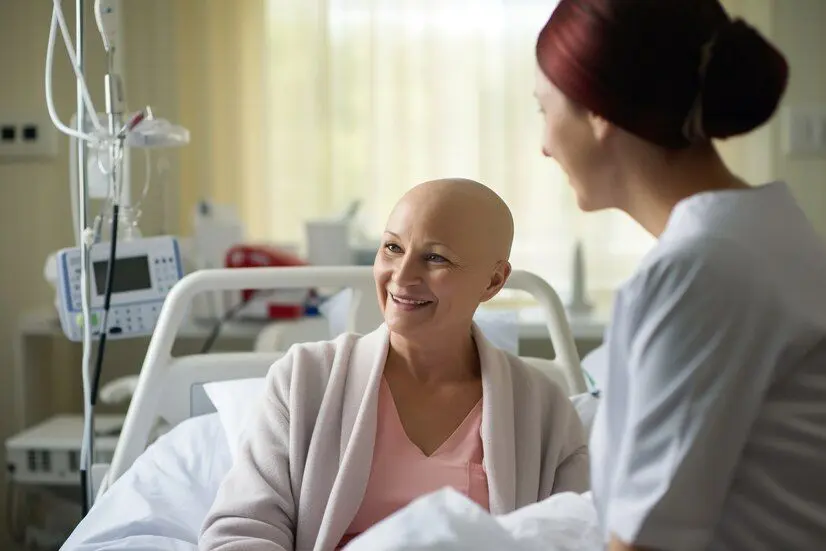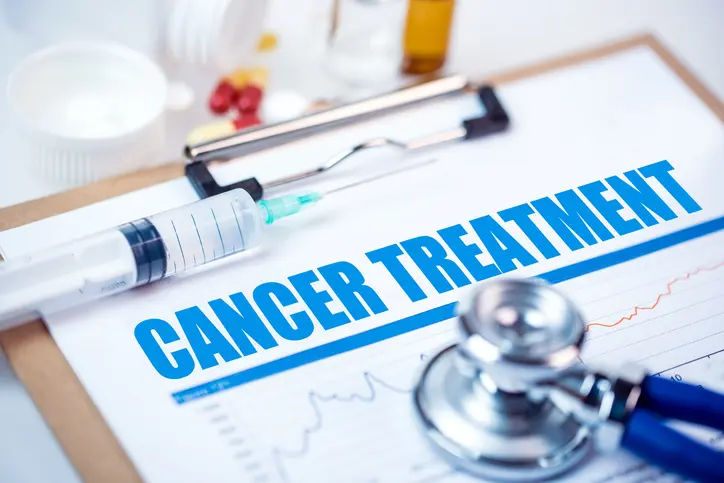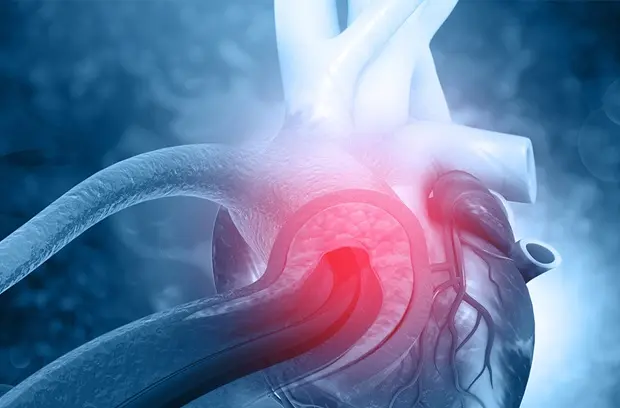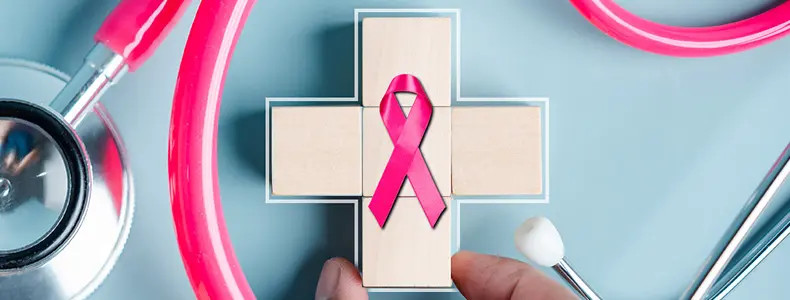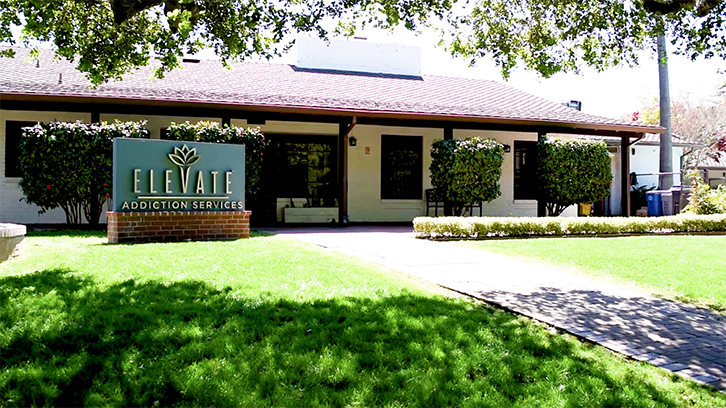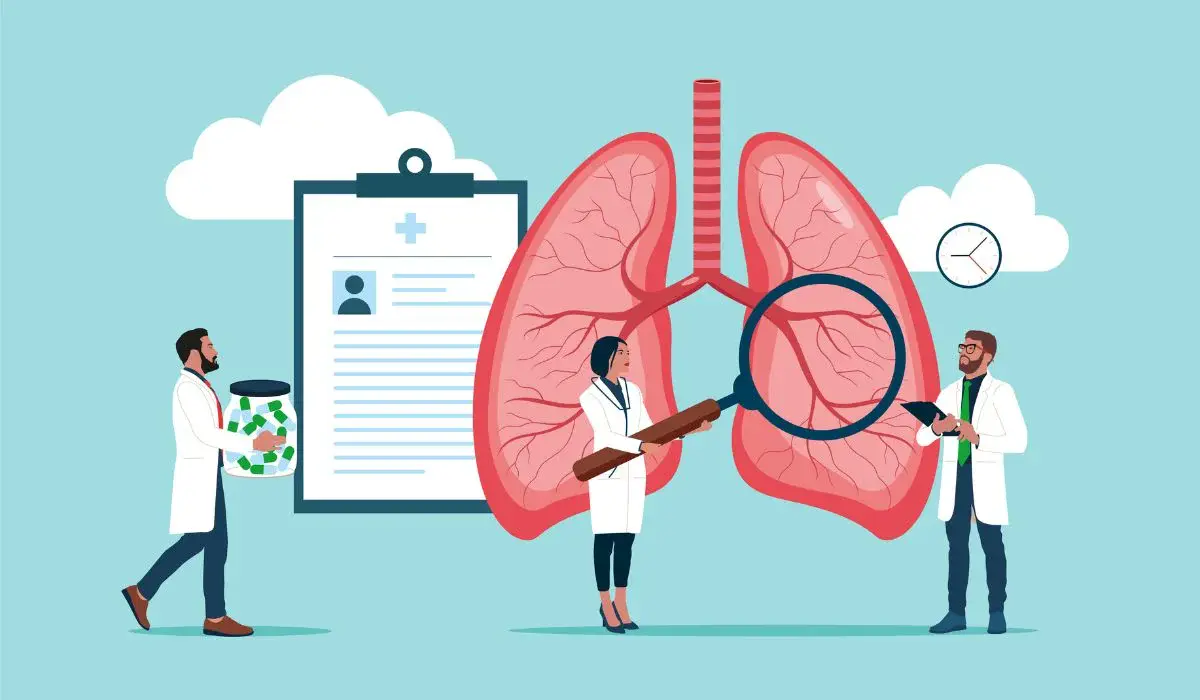
Understanding the Main Lung Cancer Treatments
Doctors typically recommend treatments based on whether the cancer is non-small cell lung cancer (NSCLC) or small cell lung cancer (SCLC), as well as how far the disease has progressed. Here's a comparison of the most common approaches:
| Treatment Type | Best For | How It Works | Common Side Effects | Doctor Usage Level |
|---|---|---|---|---|
| Surgery | Early-stage NSCLC | Removes tumors from lung tissue | Pain, fatigue | ⭐⭐⭐⭐⭐ |
| Radiation Therapy | NSCLC or SCLC (localized or palliative) | Destroys cancer cells using targeted beams | Fatigue, skin irritation | ⭐⭐⭐⭐☆ |
| Chemotherapy | NSCLC & SCLC (various stages) | Kills rapidly dividing cancer cells | Nausea, hair loss, fatigue | ⭐⭐⭐⭐☆ |
| Targeted Therapy | NSCLC with gene mutations (e.g., EGFR) | Blocks specific cancer cell mutations | Diarrhea, rash | ⭐⭐⭐⭐☆ |
| Immunotherapy | Advanced NSCLC or SCLC | Boosts immune response to attack cancer | Fatigue, immune-related effects | ⭐⭐⭐⭐☆ |
| Palliative Care | All stages (supportive care) | Manages symptoms and improves comfort | None (non-curative) | ⭐⭐⭐⭐⭐ |
🔪 Surgery: Best for Early Detection
If lung cancer is found early, especially in Stage I or II, surgical removal of the tumor is often the first-line treatment. Procedures like lobectomy, segmentectomy, or pneumonectomy are used to remove part or all of a lung. Doctors typically recommend surgery for non-small cell lung cancer that hasn’t spread beyond the lungs.
🔬 Radiation Therapy: Precise and Powerful
Radiation therapy uses high-energy beams to destroy cancer cells and is often used when surgery isn’t possible or in combination with other treatments. It’s particularly helpful for shrinking tumors, relieving symptoms, or preventing recurrence. It's a go-to option for patients who can’t tolerate surgery or for tumors located near critical organs 🎯.
💉 Chemotherapy: A Systemic Cancer Fighter
Chemotherapy remains a core part of lung cancer treatment, especially for small cell lung cancer, which spreads more aggressively. It involves administering drugs that circulate through the body to kill cancer cells. While effective, it can have significant side effects like hair loss, fatigue, and immune suppression, so it’s often used in cycles with rest periods in between.
🧬 Targeted Therapy: Personalized Cancer Attacks
This innovative treatment works only if the cancer has specific genetic mutations. Drugs that target EGFR, ALK, or ROS1 mutations block the signals that cancer cells use to grow. Doctors typically recommend targeted therapy for advanced NSCLC after genetic testing confirms eligibility 🧪.
🛡️ Immunotherapy: Harnessing the Body’s Defense
A major breakthrough in recent years, immunotherapy helps your immune system recognize and attack cancer cells. Medications like Keytruda (pembrolizumab) or Opdivo (nivolumab) are used primarily in advanced stages and have significantly improved survival rates for some patients. Side effects are usually less severe than chemotherapy but can include immune system overreactions ⚔️.
🤝 Palliative Care: Comfort-Focused Support
Palliative care isn’t about curing cancer—it's about managing pain, improving quality of life, and supporting patients through treatment. Doctors recommend palliative services at any stage to ease symptoms such as shortness of breath, pain, or anxiety, and it’s often provided alongside curative treatments 🕊️.
✅ Final Thoughts
Facing lung cancer is never easy, but understanding your treatment options can empower you to make informed decisions with your medical team. Whether your plan includes surgery, radiation, immunotherapy, or a combination, today’s treatments are more advanced, targeted, and hopeful than ever before. Always consult with a board-certified oncologist to explore personalized care tailored to your diagnosis and lifestyle.

